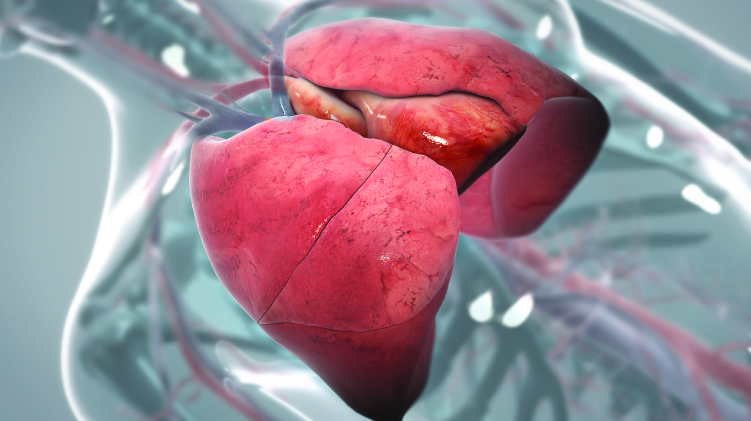What is Lung Cancer?
Lung cancer is one of the leading cause of death globally and a major health issue. In lung cancer, the cells of the lung multiply abnormally and uncontrollably to form an abnormal mass known as tumour. With the advances in investigational processes and treatment modalities, the survival in lung cancer has improved substantially in recent years.
How is lung cancer diagnosed?
The following are the investigations done to confirm lung cancer in a patient:
Chest x-ray and CT scans
Based on the physical findings, the doctor may recommend a chest x-ray initially. Though, x-ray is not a reliable diagnostic test for lung cancer, it is usually done to get an initial idea in suspected cases of lung diseases.
A computer tomography (CT) scan is a better tool than x-ray and provides finer detail of even smaller lesions. CT scan can also depict if there is metastasis or invasion of the tumor into the adjacent lymph nodes.
Sputum cytology
In this method, sputum is collected and then examined under microscope to detect abnormal cells.
Biopsy
Although, the above diagnostics are fully capable of suggesting presence of lung cancer, biopsy is the must to establish lung cancer. Biopsy involves scraping a small amount of suspected tissues from the body and subsequent examination under a microscope. The following biopsy techniques are employed to detect lung cancer:
How is lung cancer treated?
The treatment strategy and prognosis for lung cancer depends on multiple factors such as the health status of the patient, age, and stage of the cancer. The treatment modalities include either one or a combination of surgery, radiation therapy, chemotherapy, complementary and alternative medicine and palliative care.
Surgery: The surgical process involves removing the tumor cells from the lung and the adjacent structures.
Chemotherapy
This includes the treatment with chemicals or platinum based drugs like cisplatin and paclitaxel, capable of destroying the tumor cells.
Radiation Therapy
High energy beams are targeted to destroy, limit and inhibit the multiplication of tumor cells. The radiation therapy can be external beam radiation in which the therapy is targeted from outside the body from the skin. Stereotactic Radiotherapy is a precise form of radiation therapy which targets only the tumor cells without harming the healthy tissue. In Brachytherapy the radioactive substance is placed in needles, wires or catheter and placed into the tumor directly.
Complementary and Alternative Medicine
Complementary therapies are often combined with the standard care to relieve signs and symptoms of the cancer or side effects from treatment. This includes therapies like acupuncture, message, meditation, hypnosis etc.
Palliative Care
Palliative care deals with improving the quality of life in cancer patients and their family members by providing them psychological, physical and spiritual aid.

